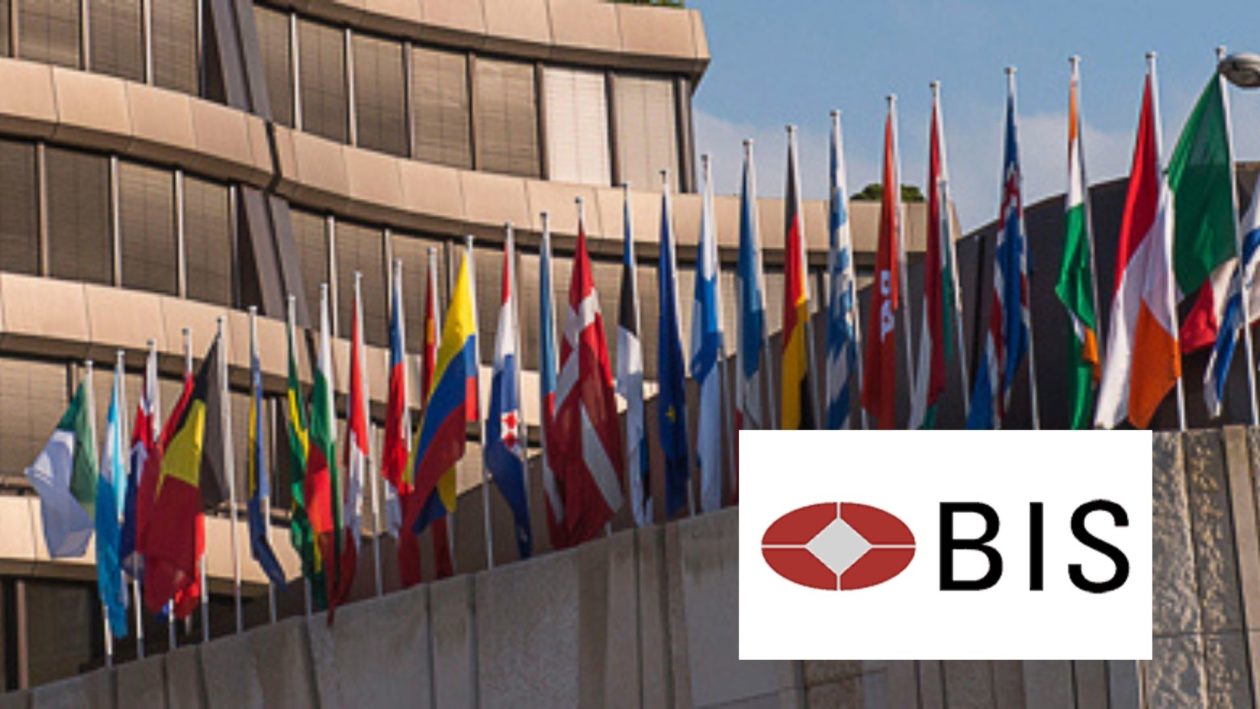Amid growing interest and adoption of digital assets, traditional banks are exploring new ways to accommodate customers’ rising demand for exposure to cryptocurrencies. But policymakers are also becoming increasingly concerned about the role and behavior of banks when it comes to this new and volatile asset class.
The Basel Committee on Banking Supervision — the global standards-setter for banks — is proposing a host of new regulatory treatment of banks’ cryptocurrency exposures, including subjecting cryptocurrency like Bitcoin to more “conservative” standards with higher capital requirements. The public consultation period on the committee’s proposals is now underway, and the committee will collect feedback through Sept. 10.
“While banks’ exposures to crypto assets are currently limited, the continued growth and innovation in crypto assets and related services, coupled with the heightened interest of some banks, could increase global financial stability concerns and risks to the banking system in the absence of a specified prudential treatment,” the committee said in a statement.
According to a recent survey published by the Economist Intelligence Unit and commissioned by Hong Kong-based cryptocurrency exchange Crypto.com, “Institutional investors and corporate treasurers appear to be using cryptocurrencies more as a store of value with a deflationary hedge than as a currency, although a majority claim preference for transactional use.”
More banks going into crypto
U.S. investment bank Goldman Sachs is among the major banks that recently started or relaunched a cryptocurrency trading desk. “Our clients want to get exposure to Bitcoin and increasingly more different cryptocurrencies, like Ether [the native currency of the Ethereum blockchain],” Mathew McDermott, Goldman’s managing director and global head of digital assets, said in the EIU report. “It’s still a very nascent market but we are looking at different ways to facilitate client appetite to get exposure in a way that’s compliant from a regulatory perspective.”
Goldman recently said it intends to offer futures and options trading in Ether, in addition to Bitcoin. Outside Wall Street, Singapore’s DBS Bank — the largest bank in Southeast Asia — was one of the first lenders in Asia to launch a crypto exchange and provide trading, crypto custody and security token offering services.
A Monetary Authority of Singapore spokesperson told Forkast.News: “The publication of the consultative document reflects the Basel Committee’s commitment to work with the industry to develop a set of globally consistent capital and prudential requirements for banks’ crypto asset exposures. As a member of the Basel Committee, MAS looks forward to studying the responses to the consultation paper.
“MAS is committed to regulatory standards that are risk-appropriate and responsive to market developments,” the spokesperson added. “Our financial institutions currently do not have significant exposures to crypto assets.”
Basel Committee’s proposals for banks’ crypto exposures
The Basel Committee’s proposed treatment for crypto asset exposures categorizes those assets into two groups — “Group 1” crypto assets, which are eligible for treatment under the existing Basel Framework, and “Group 2” crypto assets such as Bitcoin, which will be subject to a “new, conservative prudential treatment.”
Bitcoin would be classified as a Group 2 crypto asset, requiring a 1,250% risk weighting of maximum long and short positions. The proposal says: “A [US]$100 exposure would give rise to risk weighted assets of $1,250, which when multiplied by the minimum capital requirement of 8% results in a minimum capital requirement of $100.” In other words, capital invested must be sufficient to absorb a full write-off of the exposure without exposing depositors or bank creditors to a loss.
Stablecoins would be classified as Group 1b, requiring new guidance on the application of existing rules, given the risks related to stablecoins’ stabilization mechanisms.
The general guiding principle for the proposed regulations is: Same risk, same activity, same treatment, meaning that a crypto asset with the equivalent economic functions and risks as a traditional asset should be subject to the same capital, liquidity and other requirements as a traditional asset, and that regulation should be simple and constitute a minimum standard for internationally active banks.
Rules as ‘guardrails’
Angelina Kwan, group chief operating officer and chief risk officer at Hong Kong-based digital asset manager HashKey Group — who, as director of market supervision at Hong Kong’s securities regulator, oversaw financial market rules — told Forkast.News that the Basel Committee’s view of crypto as an asset that should be allowed the same risk and protections as other investments was encouraging, given that some regulators had not taken such a stance.
“What you’re seeing now is that a lot of investment banks … going into trading desks,” Kwan said. “They’re offering clients the opportunity to trade … digital assets and they themselves are hedging a book. It’s good to have the guardrails in place because you’re talking a big balance sheet — much bigger than the big brokers and the digital asset providers.”
“The issue with more investment in this area is there could be global security concerns,” Kwan added. “So it’s important that banks hedge and have protections in place, and that’s what [the Basel Committee] is trying to guide on.”
Alessio Quaglini, CEO and co-founder of Hex Trust, a Hong Kong-based digital asset custodian, told Forkast.News that the Basel Committee’s proposal was “a clear recognition of the growing importance of blockchain-based assets and their related services.”
“There are some clear positive aspects in the consultative document, especially with respect to the general approach, which is based on simplicity and technology neutrality,” he said. “Also, the ‘minimum standard’ approach is positive as it provides a general framework that regulators can reference without imposing stringent top-down requirements.”
Quaglini said the proposed capital requirements were “even more restrictive with respect to other aspects, e.g. same treatment for banking and trading book, ineligibility of this category of crypto assets as collateral in financing and margin loan transactions and short positions,” and that “these are very cumbersome requirements for any financial institutions and — if confirmed — will materially limit their ability to provide crypto asset services in a competitive way compared to unregulated institutions.”
Although the details still need to be worked out, crypto industry experts say the Basel Committee’s proposals are a positive sign that crypto is set to become a fixture of the financial system.
Quaglini said he expected final capital requirements to be substantially lower and progressively relaxed as certain assets continued on the path to broader adoption.
Kwan said banks were already offering crypto trading services, adding that it was important for the future of the digital asset industry that all players commented on the Basel Committee’s proposals.
She said: “The devil is in the detail, and only the big banks will be able to say to the Basel Committee, ‘Look, 1,250% is insane — why are you doing this?’. It would depend on their calculations and what other assets that they have.”





